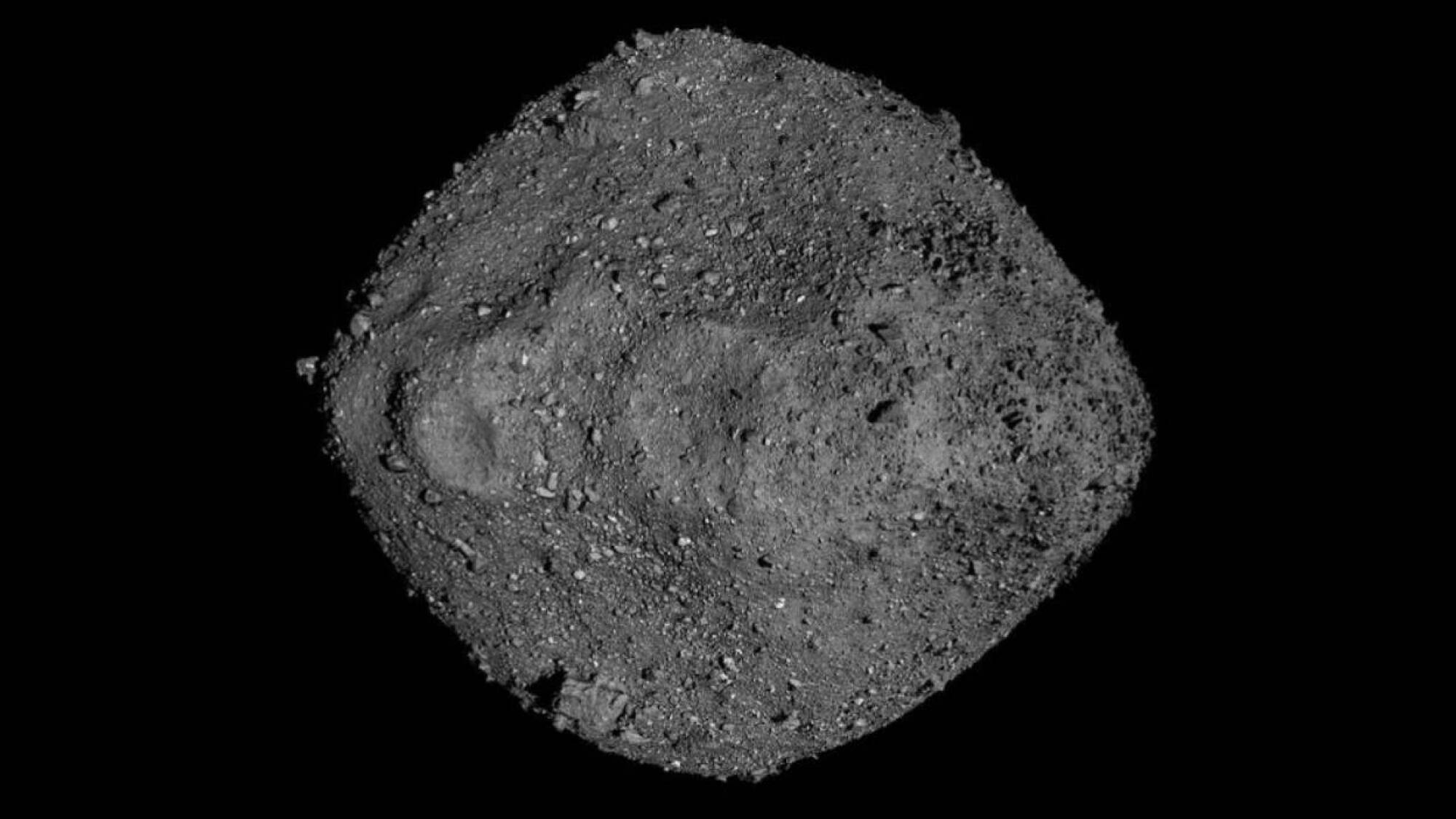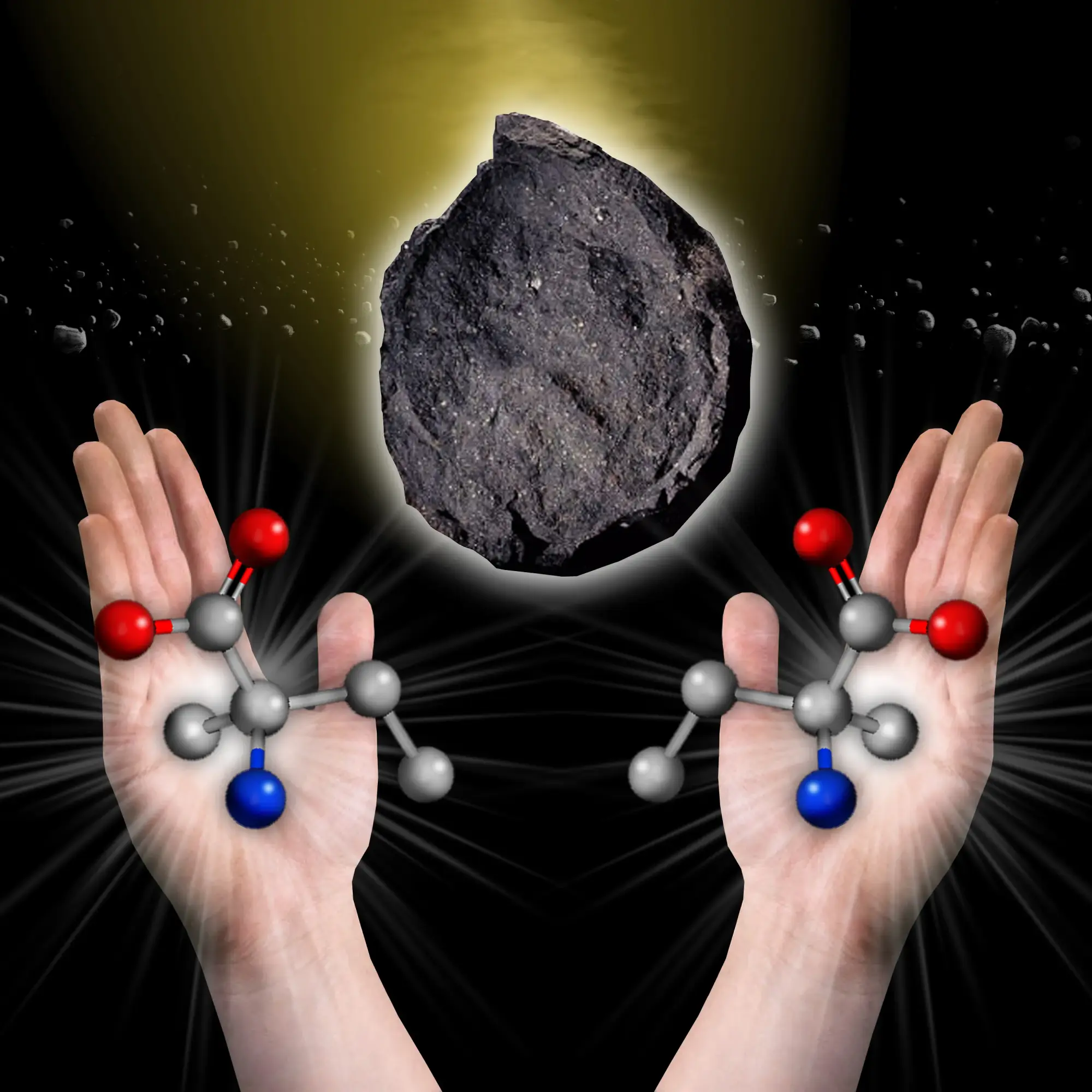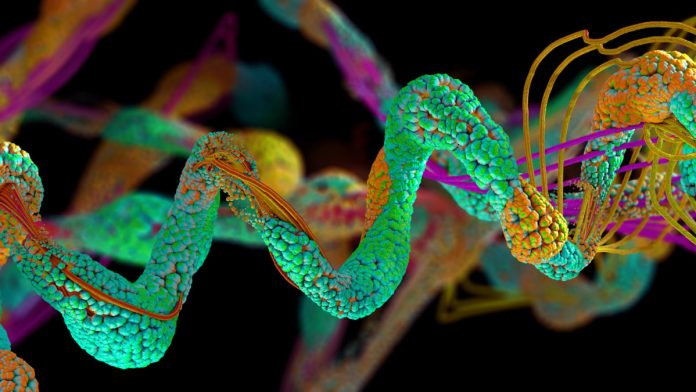When NASA launched a spacecraft to an asteroid, scientists eagerly awaited the opportunity to examine pieces of the space rock in a laboratory, hoping to find answers to some of humanity’s oldest questions.
For Danny Glavin, a senior sample scientist, solving a persistent mystery in his life’s work was paramount: Why are all known living things based only on the left-handed forms of amino acids, the molecules that form proteins?
Nearly a decade later, his moment arrived. Glavin and a team of researchers analyzed material from Bennu, a carbon-rich asteroid consisting of loosely bound boulders, and the results surprised them. Instead of confirming the leading hypothesis that the early solar system favored left-handed amino acids and brought them to primitive Earth, they found no bias at all.
“I have to admit, I was a little disillusioned or disappointed,” Glavin admitted. “I felt like this invalidated 20 years of research in our lab and my career.”
NASA’s asteroid sample reveals key chemistry that could lead to life
Researcher Jason Dworkin holds up a vial containing a Bennu sample.
Credit: NASA / James Tralie
Many amino acids, whether utilized in biology or not, exist in two mirror-image forms. Each molecule features a central carbon atom with attached atom groups oriented in opposite directions. This property, known as chirality, is akin to a left and right hand: similar but with thumbs pointing opposite ways.
In Earth life, amino acids are always “left-handed,” while sugars, forming part of the DNA backbone, are always right-handed, giving the double helix its distinct twist to the right. The uniformity among these molecules is baffling to scientists as the left and right-handed versions are equally present in nonliving chemical mixes.
From a practical perspective, if biological molecules existed in the reverse form, it might still function effectively. So why was life inclined towards left-handed amino acids? Did this bias originate in the cosmos or develop later on Earth?
“A fundamental question for all of us is whether life had to be the way it is,” expressed Iris Chen, a professor of chemical and biomolecular engineering at UCLA, uninvolved in the asteroid study. “Is the universe favorable to our kind of life, or is our biology a result of random chance?”

NASA selected carbon-rich asteroid Bennu to study the chemical origins of life.
Credit: NASA
Scientists anticipated utilizing material collected by NASA’s $800 million OSIRIS-Rex mission to examine the “handedness” of individual amino acids. The mineral fragments from Bennu could predate the 4.6 billion-year-old solar system, potentially originating from dying stars or supernovas that contributed to the formation of the sun and planets.
Mashable Light Speed
To conduct their study, researchers created a “Bennu tea” by boiling rocks and dust from the asteroid in water and acids to extract organic compounds. They then used mass spectrometry techniques to identify organic molecules, including 14 of the 20 amino acids essential for building proteins that carry out genetic instructions. Some of the latest findings were recently published in the journal Nature Astronomy.
“I felt like this invalidated 20 years of research in our lab and my career.”
In recent decades, researchers discovered that meteorites containing higher concentrations of left-handed amino acids compared to right-handed ones had landed on Earth. This led to the belief that space rocks could have transported compounds which underwent chemical reactions near Earth’s deep-sea vents to establish the first cells, followed by evolutionary processes.
Considering the continuous bombardment of the planet by space rocks, scientists anticipated ancient asteroids like Bennu, serving as time capsules for the solar system, would reveal more left-handed amino acids. A potential explanation for this left-handed bias could be polarized light in space, exerting a gradual influence over time.

Scientists speculate that meteorites and planetary body collisions delivered chemistry essential for life to early Earth, including left-handed amino acids.
Credit: NASA’s Goddard Space Flight Center Conceptual Image Lab illustration
However, the researchers studying Bennu found an equal mix of left- and right-handed amino acids, raising questions about previous meteorite studies possibly being contaminated with Earth proteins upon impact. Jason Dworkin, project scientist for the OSIRIS-Rex mission, suggested an alternate reason for Bennu’s deviation from the expected trend.
“Bennu is an example of a type of future meteorite too fragile to survive Earth’s atmosphere, thus not present in our collections,” Dworkin explained.
Perhaps the design of life was a result of chance. Once an effective pattern emerged, it persisted through evolution. Proteins and enzymes, crucial components inside cells, fit like pieces of a puzzle. If life originated with left-handed amino acids, a switch to right-handed amino acids later might have disrupted crucial functions.
Researchers have synthesized mirror versions of biological proteins using right-handed amino acids in a lab. While these versions function similarly, they are more resistant to degradation. Enzymes designed to break them down are rendered ineffective, much like an incompatible plug in a socket.

A diagram showing left-handed and right-handed versions of an amino acid from a meteorite.
Credit: NASA illustration
Considering the implications, some scientists worry about the potential development of mirror cells in labs. If individuals were infected with harmful mirror bacteria, their immune systems might be defenseless against them. A group of biologists recently published an in-depth paper on the risks associated with mirror life.
Despite the disappointment of Bennu not displaying a chirality bias, the research continues. Glavin and his team plan to analyze further samples from the asteroid to explore the handedness of other amino acids.
Additionally, the even mix of both types of molecules in extraterrestrial samples could serve as a biosignature, potentially indicating non-biological origins. An abundance of a single type could be a clue for alien life.
“Frankly, it might make the search for life easier in some respects since we don’t have the risk of a false positive potential,” Glavin remarked. “If there’s an amplification of one type, there may be biology behind it.”






